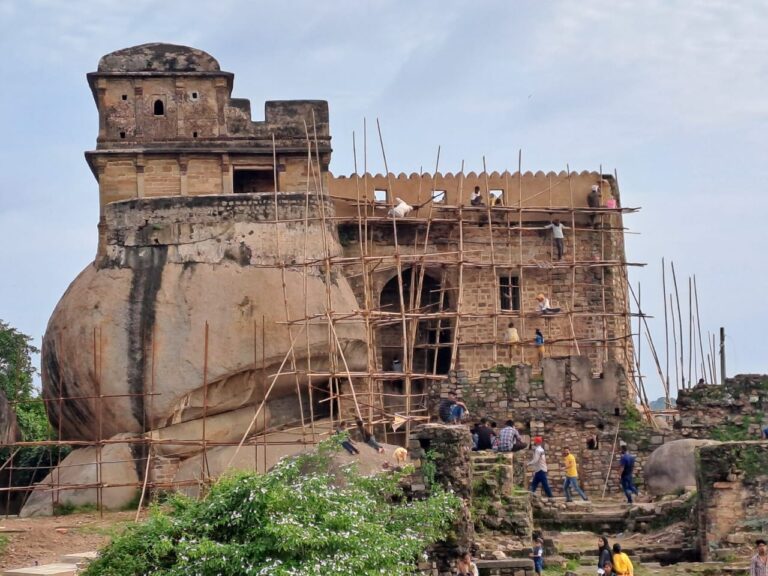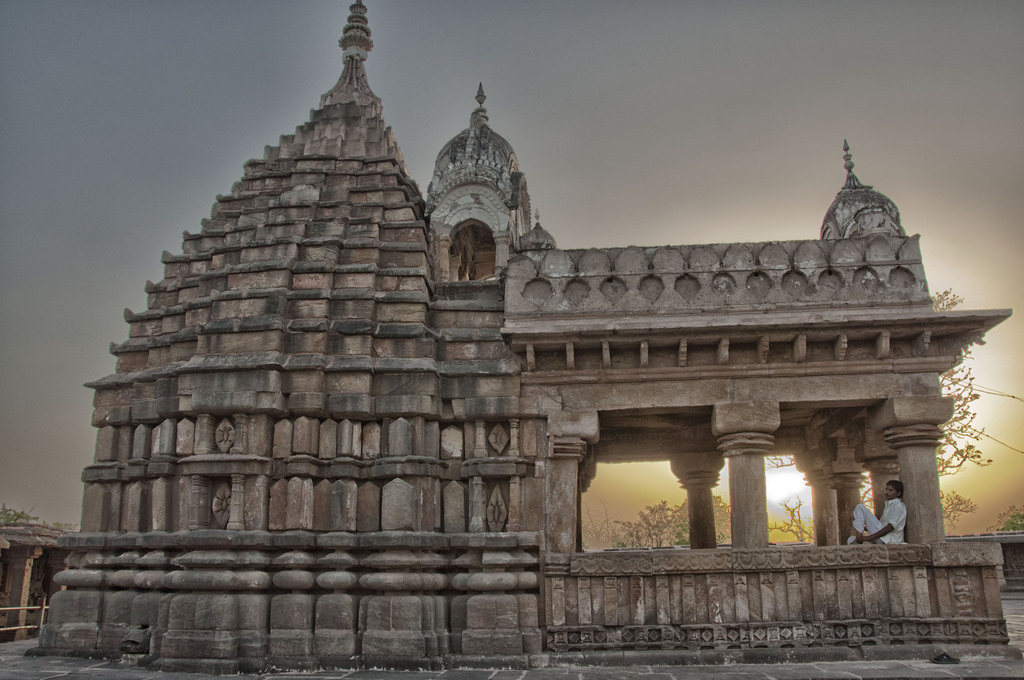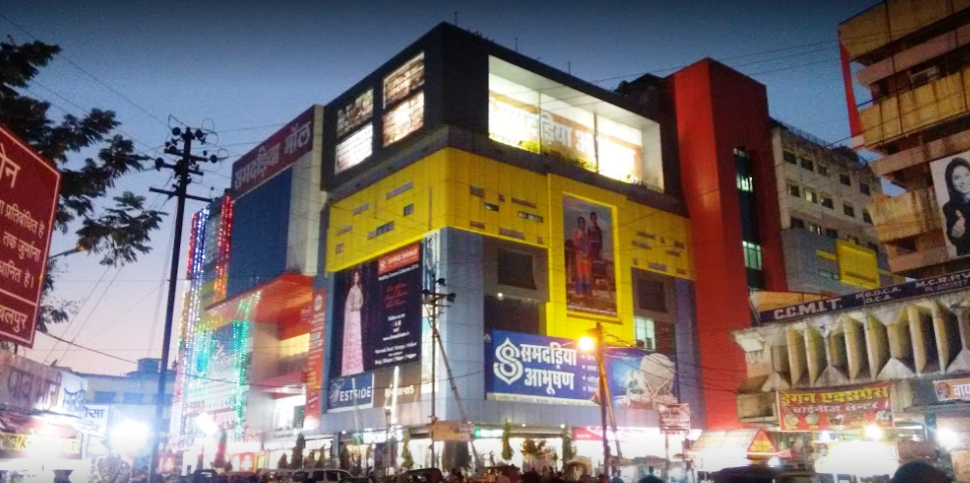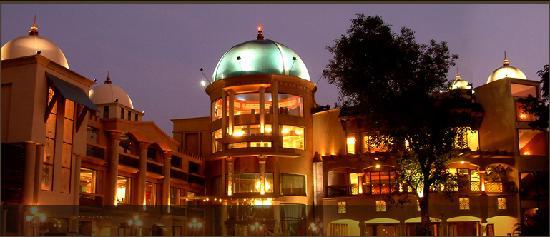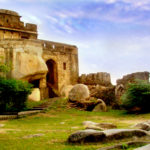Hidden Gems of Jabalpur: Rediscovering the Jal Mandirs and Ancient Stepwells
Jabalpur is home to a wealth of hidden treasures, including ancient stepwells (bawdis) from the Gondwana period. These architectural marvels, recently restored as Jal Mandirs, offer a glimpse into the city’s rich history, particularly during the reign of Queen Rani Durgavati. Stepwells were essential for water conservation and served as gathering spaces in ancient times.
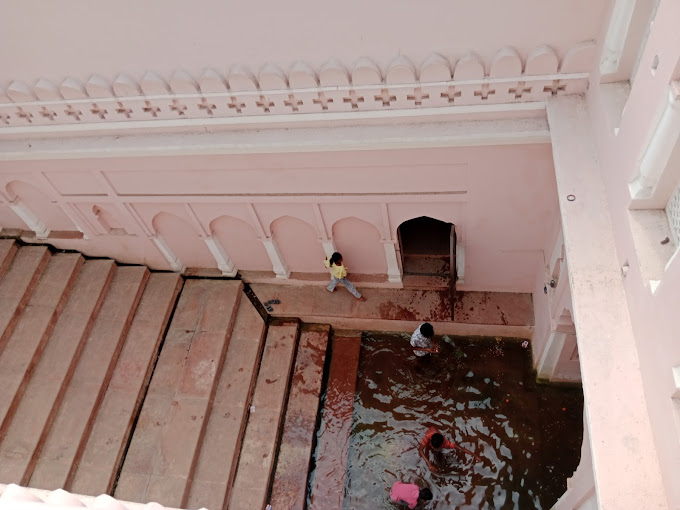

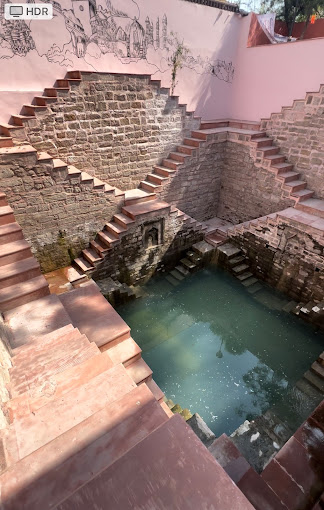
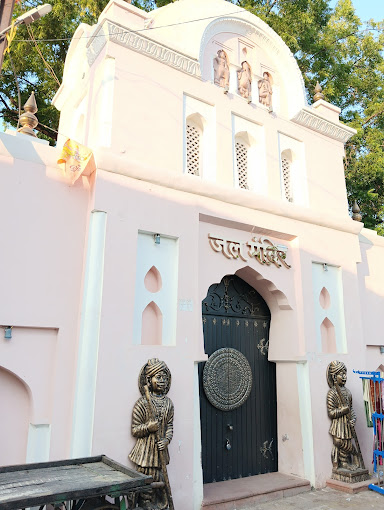
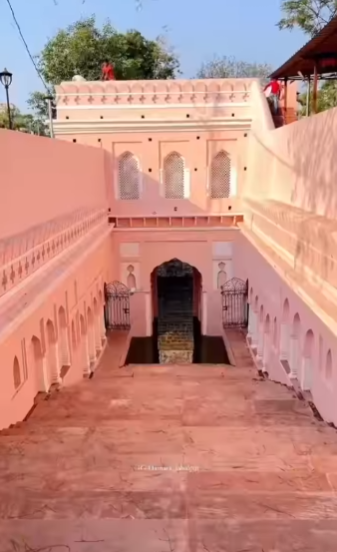

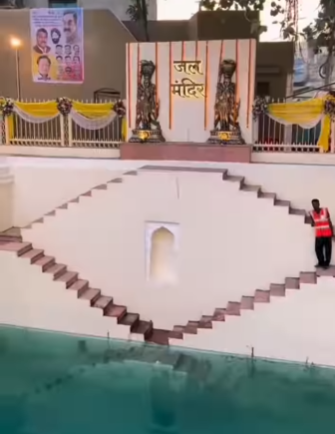
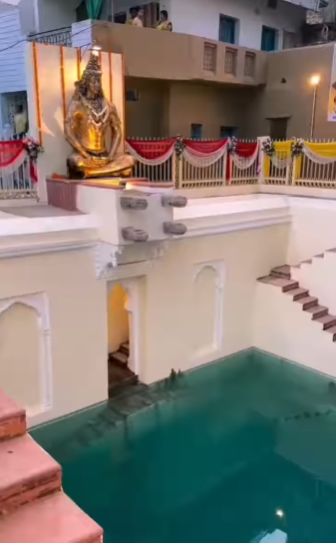
Two prominent stepwells near Ranital and Radha Krishna Mandir have undergone revitalization, transforming into peaceful water temples. Restored under a conservation initiative inspired by Prime Minister Modi’s call to revive historical water bodies, these Jal Mandirs now stand as a symbol of both spiritual devotion and sustainable water management.
The restoration involved meticulous preservation of the original stone structures, intricate carvings, and enhanced surroundings, returning the stepwells to their former glory. These mystical temples now attract visitors seeking serenity, history, and a connection to Jabalpur’s past.
What sets these Jal Mandirs apart is their deep connection to spirituality. In ancient times, water was considered sacred, and these stepwells, now water temples, continue that tradition. Upon visiting, one can feel the meditative energy, making it an ideal spot for reflection.
Jal Mandir Locations
Jal Mandir Ukhari
Jal Mandir Garha
These revitalized stepwells also highlight an important element of sustainable water practices. As ancient methods of rainwater harvesting, they provide a valuable lesson in water conservation for modern times. With Jabalpur facing growing water challenges, these Jal Mandirs serve as a reminder of the wisdom of past generations.
Adding to their intrigue, the gods inside the Jal Mandirs are hidden from plain view, creating a sense of mystery. It’s said that this design reflects the idea that spiritual enlightenment requires an inner journey, making it a special experience for first-time visitors.
The restoration of these stepwells is part of a broader effort to revive Jabalpur’s historical sites. The Madhya Pradesh government, along with historians and conservationists, has worked diligently to preserve these landmarks. In doing so, they’re encouraging locals and tourists alike to explore Jabalpur’s hidden heritage and appreciate the timeless beauty of its ancient architecture.
Beyond their historical importance, the Ranital Jal Mandir and Gada Radha Krishna Bawdi have started to attract tourists interested in offbeat destinations. These Jal Mandirs offer an immersive experience that blends spirituality, history, and sustainability, making them must-visit sites for those exploring Jabalpur’s lesser-known treasures.
In conclusion, the Jal Mandirs of Jabalpur represent more than just architectural heritage—they are living monuments to the city’s past. Whether you’re drawn by their spiritual significance or their role in water conservation, these hidden gems offer a unique journey through time, culture, and devotion.

